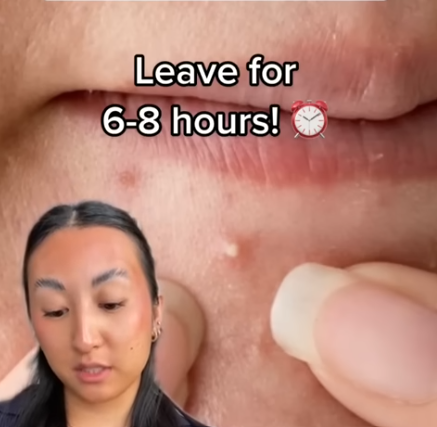What Pimples You SHOULD and SHOULDN’T Pop
Pimples can be frustrating, often appearing at the most inconvenient times. While the urge to pop a pimple can be strong, it’s crucial to understand which types of pimples are safe to pop and which ones should be left alone. Here’s a breakdown to help you make informed decisions about your skin.
Pimples You SHOULD Pop
- Whiteheads: These are perhaps the most satisfying pimples to pop. Whiteheads occur when oil and dead skin cells clog a pore, forming a small bump filled with pus. When you pop a whitehead, you can often release the contents easily, which may provide immediate relief and a clearer appearance.
- Mature Papules: These are red, inflamed bumps that may not have a visible head but can be safely popped if they are fully formed and inflamed. Using a sterile tool or your fingers with clean nails can help. Be gentle to minimize irritation.
- Blackheads: Although technically not a pimple in the traditional sense, blackheads can be effectively extracted. They are caused by clogged pores that are open at the surface, allowing the contents to oxidize and darken. Using a comedone extractor can help remove blackheads safely.
- Certain Cystic Acne: While cystic acne is generally not advisable to pop, if a cyst has come to a head and is painful, you may choose to pop it with extreme caution. It’s essential to ensure that the cyst is ready to be drained, as forcing it can lead to scarring or infection.
Pimples You SHOULDN’T Pop
- Cystic Acne: Cystic acne appears as large, painful lumps beneath the skin. Popping these can lead to severe inflammation, scarring, and even worsen the breakout. It’s best to consult a dermatologist for treatment options, such as cortisone injections.
- Nodules: Similar to cysts, nodules are hard bumps beneath the skin that do not have a head. Attempting to pop a nodule can cause significant pain and increase the risk of scarring.
- Inflamed Pimples: If a pimple is red, swollen, and painful, it’s usually best to avoid popping it. These pimples can be indicative of underlying issues that require medical treatment, and popping them can exacerbate the inflammation.
- Acne with Open Wounds: If a pimple is already open or oozing, it’s best not to pop it further. This can introduce bacteria and lead to infection, prolonging the healing process.
Best Practices for Popping Pimples
If you decide to pop a pimple, follow these best practices to minimize risks:
- Wash Your Hands: Always start with clean hands to prevent introducing bacteria.
- Use Sterile Tools: If possible, use a comedone extractor or sterilized needles to minimize damage to the skin.
- Be Gentle: Apply gentle pressure to avoid breaking the skin.
- Clean the Area: After popping, clean the area with an antiseptic and apply a topical treatment to prevent infection.
- Moisturize: Use a non-comedogenic moisturizer afterward to soothe the skin.
Conclusion
Understanding which pimples to pop and which to leave alone can significantly impact your skin’s health. While popping certain types of pimples can offer quick relief, others should be treated with care or left for professional extraction. Prioritizing a gentle approach and proper hygiene can help you maintain clearer, healthier skin. When in doubt, it’s always a good idea to consult with a dermatologist for tailored advice and treatment options.
